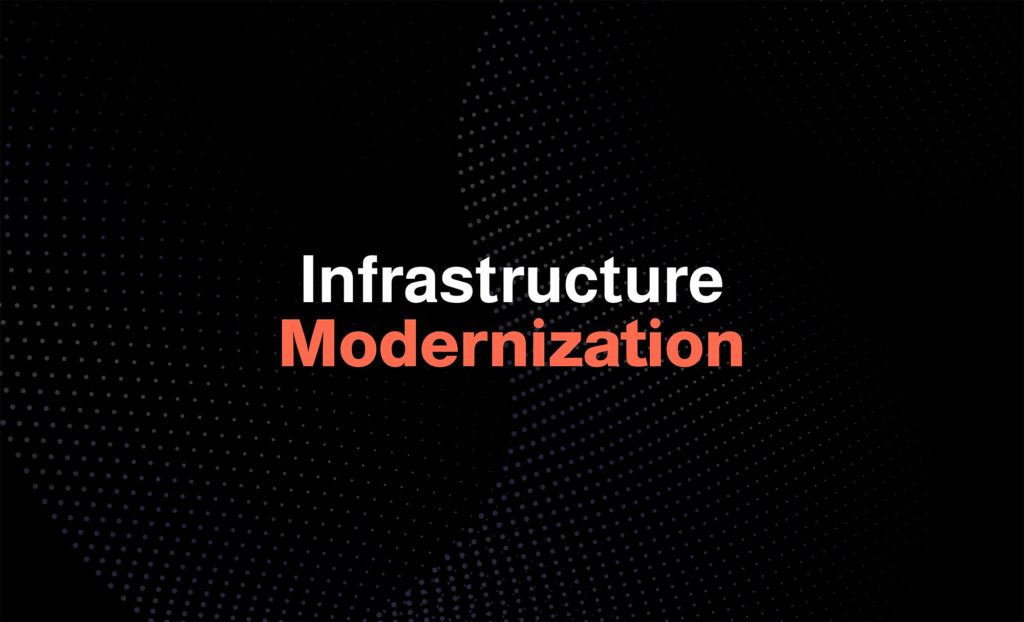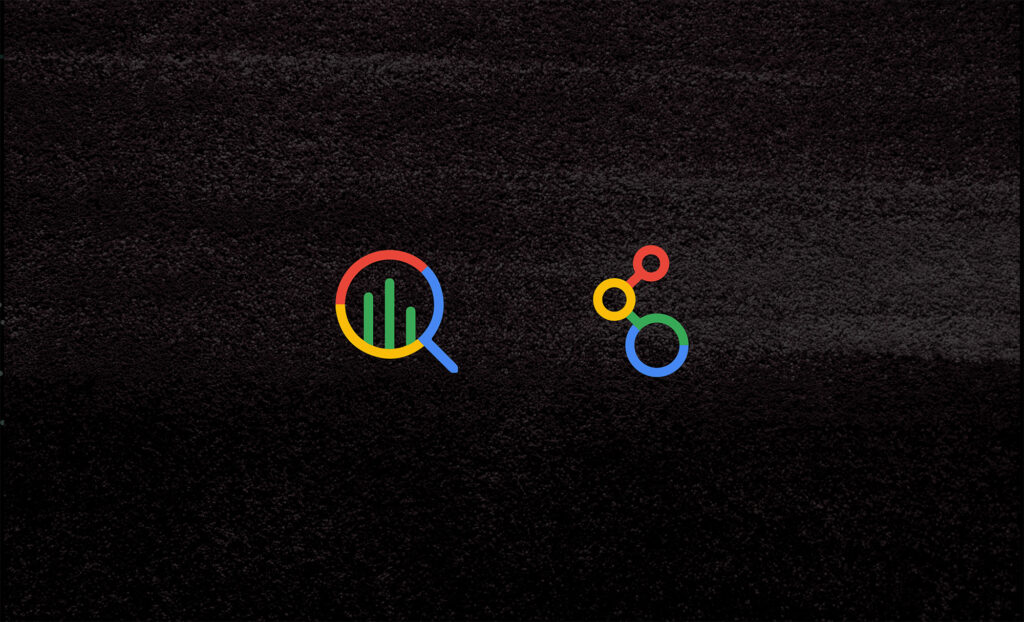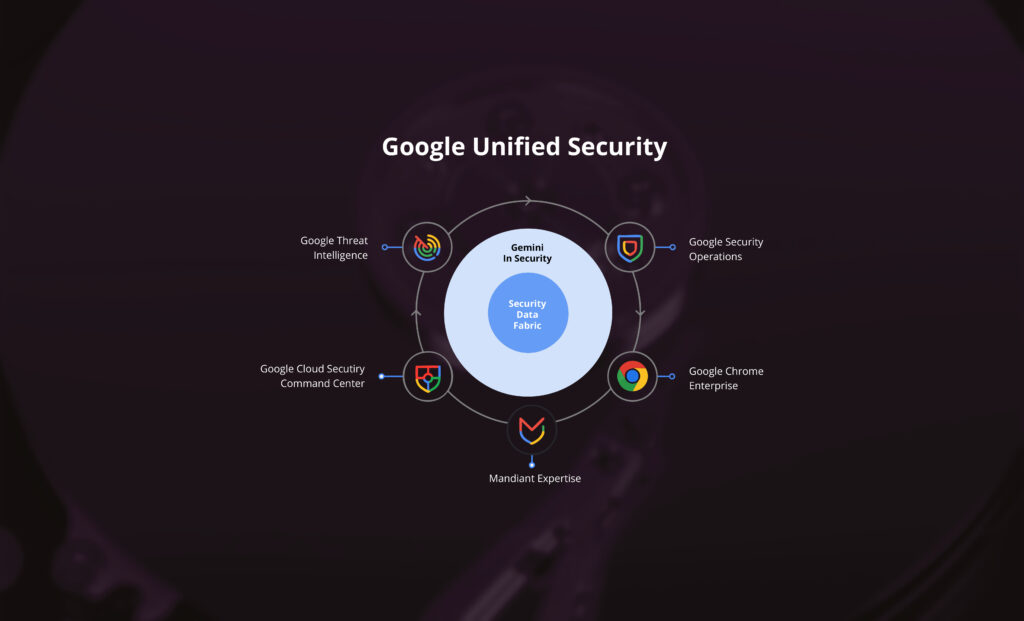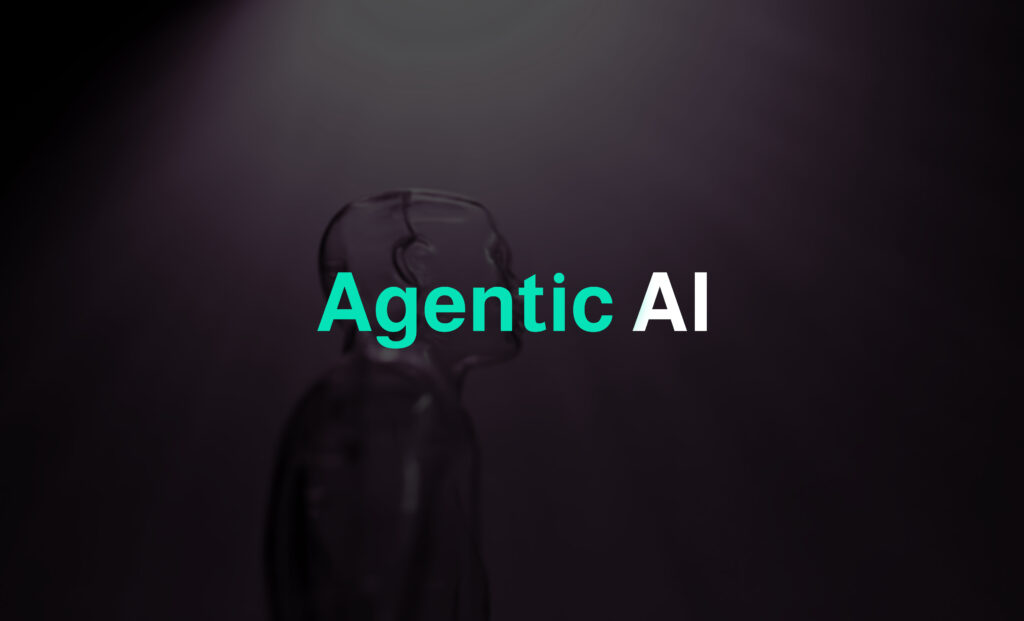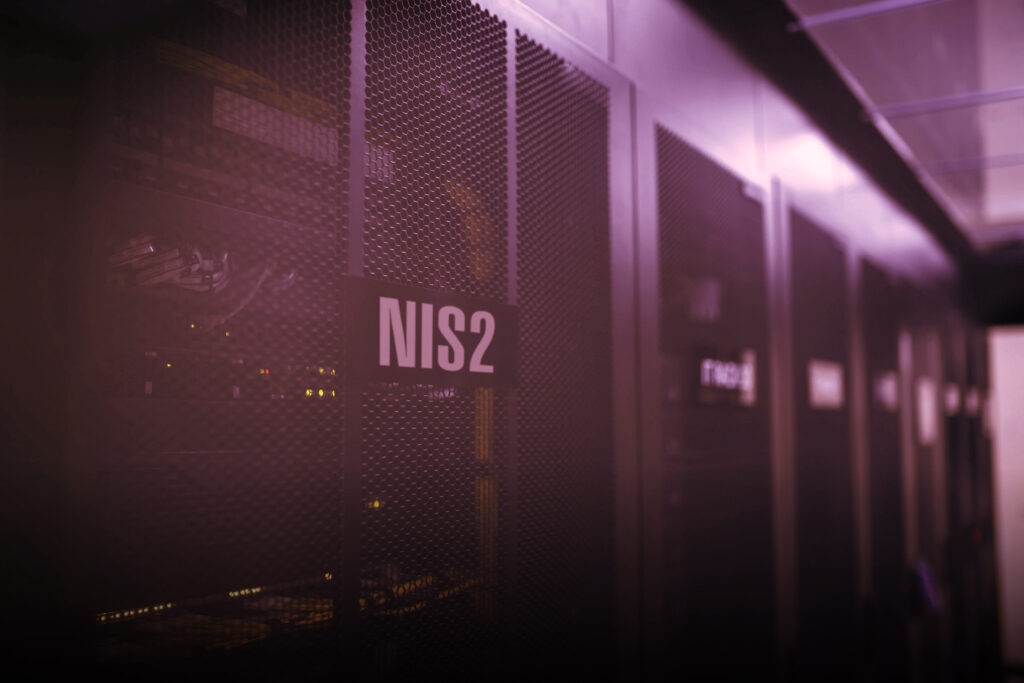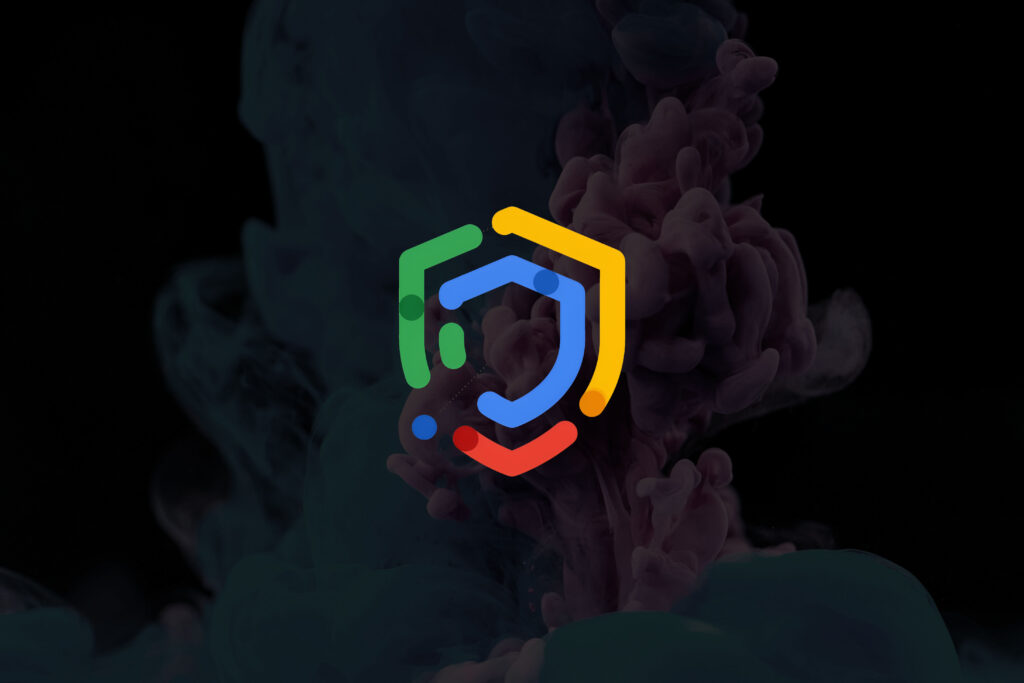As vivid Workspace users, we like to stay on top of all new updates. In this blog we gathered the most important announcements of Q1 to share them with you! Read more to find out how Google’s Workspace keeps evolving.
New and free entry version of Workspace
Over 3 billion users today are connecting, sharing ideas and getting more done together in Google Workspace. They use apps like Meet, Chat, Drive, Documents, Spreadsheets, Presentations and more. In February, Google introduced a new version designed to help people use the apps they know and love in their personal lives, in a similar way at work. The new Google Workspace Essentials Starter Edition is a free solution for business users who want to improve teamwork, and to unlock innovation with safe and design-based collaboration. With Essentials Starter, Google makes it easy for employees to choose their own productivity tools and to bring modern collaboration to work. Essential provides you with the full Workspace environment, minus the mail and calendar apps.
Essentials Starter helps employees and their teams to break down silos and collaborate in new ways, even if their organisation still relies on outdated productivity tools that aren’t built for the hybrid work era. You don’t need a new email address, file conversions, new plug-ins, or desktop software to use Essential. All tools in Essentials Starter work quickly and easily within your existing environment. Essentials Starter also offers encrypted and secure file access, keeping users safe and their information private.
Continue reading: Unlock collaboration with Google Workspace Essentials
Workspace is now really becoming one (!) space
Sixteen years ago, Google launched a new world by introducing Docs and Sheets. A new world, we say, because they actually created the start of something new. Documents suddenly lived in the cloud instead of being bound to machines, and were accessible from your workplace or smartphone. Accessible to you, but simultaneously to everybody you gave access as well. Documents became universal and lost their site-specific aspect.
Today, Google is taking the next step: information is becoming a whole unit, and breaking through the boundaries that guide the way we think since the creation of the book. After all, we still mostly think in pages, and our screens resemble ones you can scroll through. Google, however, sees your workspace of tomorrow as one big screen where different sources of information are collected. Text, tables, videos, web pages, drawings … In short: everything that belongs to one file, available from one space; Workspace. That borderless environment is on its way as we speak.
There’s more, though. To realise maximum efficiency of the new environment indeed, Google aims to break down all borders between different environments by swiftly transferring information from one channel to the other. Think about the introduction of the Smart Canvas last year, which made it possible to automatically collect personal data, dates or events by using Smart Chips, among others. Pushing the limits even further, Google is also delivering automatic summaries of your text in Workspace (machine learning endeavours to retrieve the most important messages from your text), and creating the possibility to offer automatically completed mail messages from a text via a mail template. In addition, Smart Chips are now being used to collect data from Maps, and Sheets offers assistance to correct wrong formulas. And that is how ML is becoming an increasingly important component in the entire Workspace offering.
Continue reading: Unleash collaboration with new experiences in Google Workspace
Workspace in our new hybrid working world
With the pandemic finally starting to peak and slow down, working at the office is recovering its position as the new normal once more. One thing is for sure, though: two years of working from home has definitely taken down the old way of working. We aren’t about to switch back to only ever working at the office, but on the other hand, we’re abandoning the remote situation for at least a small part. Hybrid working is steadily becoming the new standard. It’s only going to succeed, however, if our tooling can be adjusted to the new situation: a work environment where all variations of work are possible at the same time, and where we need to balance individual productivity and the power of inspiration and innovation associated with teamwork.
To make it all possible, Google announced Google Workspace in Google Meet, Chat, Spaces & Voices in March, introducing a new series of features which facilitate the way teams of every size can stay connected and involved whether they’re working at home, at the office or somewhere in between. Let’s sum up the most important changes:
- Emojis in Meet allow for you to react immediately to messages in meetings;
- Actively and simultaneously working on the creation of documents, spreadsheets and presentations together, while being able to hear and see other participants, makes hybrid meetings way more productive (and fun);
- With Picture-in-Picture, Chrome enables you to share your screen while still seeing the participants in your meeting;
- Companion mode for Meet already allowed you to use shared audio and video in conference rooms via personal devices. Automatic noise reduction on all Google Meet hardware, which is now being rolled out systematically, will remove all background noise from the communication. In the next phase, Companion users will be able to add their own video tile in order to show others their expressions and gestures;
- Q&A options and polls will also become available in livestream sessions;
- Live streams can be streamed through YouTube later this year;
- End-to-End encryption for Meet is gradually becoming available;
- Spaces is, just like mail, getting the option to make messages available in inline threading form;
- Users can now invite others via a shared link, to become members of a Space. Later this year, users will also be able to look up available Spaces themselves and become members;
- Chat and Spaces are getting filter chips (as is already the case in Gmail) to increase the power of the search function;
- To expand the employability of Spaces, Google is increasing team sizes up to 8.000, and later this year up to even 25.000 members;
- Google is also expanding the possibilities for admins to modulate the content of Spaces;
- Voice is introducing a SIP link with which you can connect SIP trunks of your chosen telecommunications provider via certified session limit controllers of Audiocodes, Cisco, Oracle and Ribbon;
- Voice is also planning to roll out on-demand and automated call recordings for certain groups.
Eager to see all of those novelties, and presumably even more, in real life? Be sure to register for the Google Workspace Summit on May 4th!
Signing up is possible here.
Continue reading: Boosting communication and collaboration for teams of all sizes in Google Workspace
As you can see, Google keeps investing to make people’s lives more efficient and productive. If you need more information on how Google Workspace can help your organisation, don’t hesitate to reach out!
